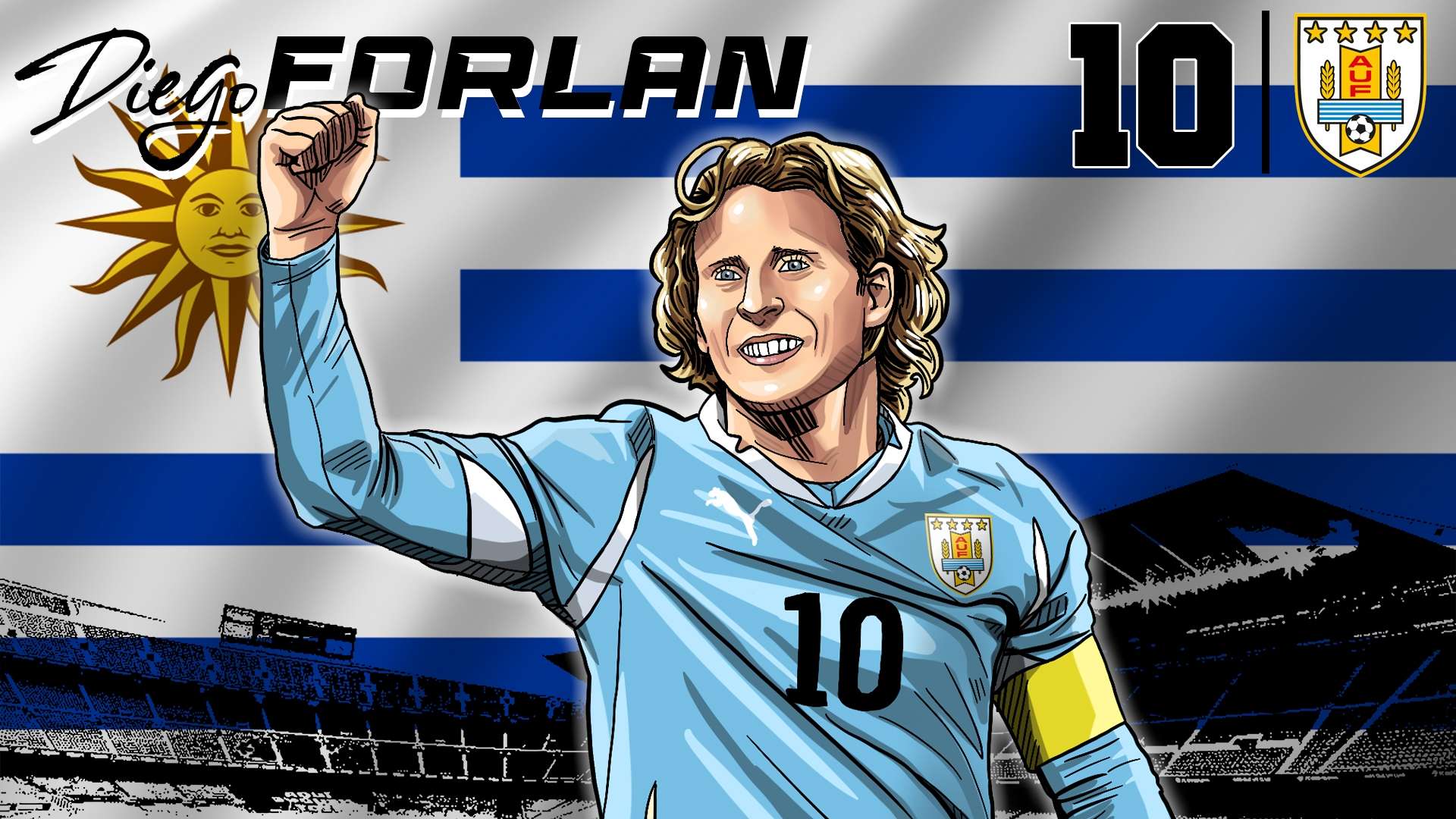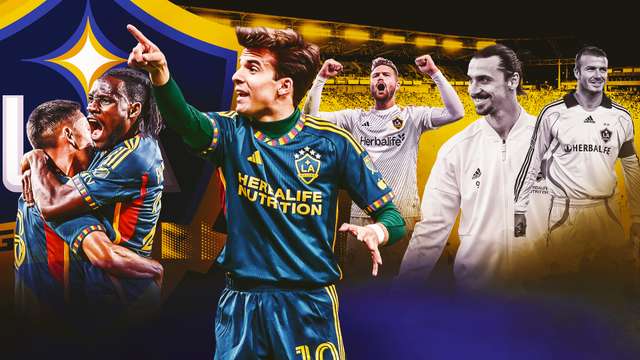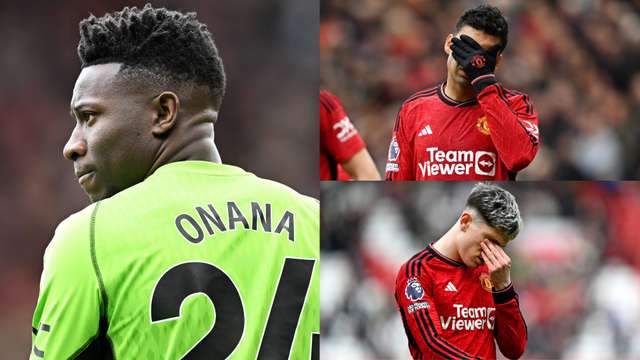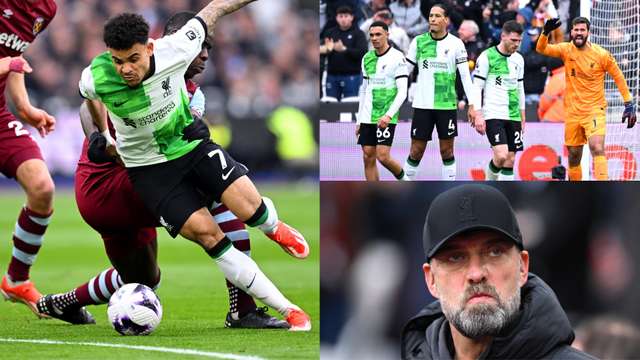The first World Cup to ever take place in Africa was marked with adidas’ release of the Jabulani match ball, which included eight spherically moulded panels designed to drastically improve aerodynamics.
The Zulu word for Jabulani means “rejoice”, but it's fair to say it wasn't warmly received.
Italy goalkeeper Gianluigi Buffon described the ball as “absolutely inadequate”, while Brazil striker Luis Fabiano labelled it "very weird".
"All of a sudden, it changes trajectory on you," the latter explained. "I think it’s supernatural, it’s very bad.”
However, one man embraced the Jabulani's physics-defying potential right from the off.
Next Match
“Three months before the 2010 World Cup, Diego Forlan asked adidas to send him a Jabulani ball," the striker's former Uruguay team-mate Sebastian Abreu told El Observador in 2020.
"At Atletico Madrid, he stayed after the training, practising moves with the ball in motion and free-kicks.”
That extra practice paid off in Uruguay’s second group game, against tournament hosts South Africa, with Forlan scoring twice in a 3-0 win.
His first goal silenced the vuvuzelas inside a rocking Nelson Mandela Bay Stadium, as he picked the ball up some 30 yards from goal before letting fly.
The ball swooped and swerved in multiple directions on its way to the back of the net and left the South African keeper rooted to the spot.
It would prove a sign of things to come.
 Getty
GettyUruguay's quarter-final clash with Ghana is obviously best remembered for Luis Suarez's infamous handball, which denied The Black Stars what would have been an extra-time winner.
However, it was also a game in which Forlan's due diligence would be once again rewarded in spectacular fashion.
With the Celeste 1-0 down 10 minutes into the second half, the former Manchester United forward stepped up to take a free-kick on the far left of the box.
Forlan lashed the ball home with unerring confidence to change the momentum of a game that ended in a shootout victory for Uruguay.
That controversial victory earned the Celeste a heavyweight semi-final tie against a free-scoring Netherlands outfit led by Robin van Persie.
Giovanni van Bronckhorst produced a stunning, Forlan-esque strike from distance to put the Dutch in front.
However, the man himself refused to be overshadowed and underlined his status as the most consistent ball-striker at the tournament with another sensational effort to draw Uruguay level just before the break, finding the top corner with his weaker left foot.
Oscar Tabarez’s side ended up losing 3-2, though, and were beaten by the same scoreline in their third-place play-off with Germany.
 Getty/GOAL
Getty/GOALHowever, Forlan continued to showcase his mastery of the match ball, scoring another screamer to seal the Golden Boot, after cleverly volleying the ball into the ground and past Germany No.1 Oliver Kahn.
The striker’s fifth goal at the finals ended up being voted the best of the tournament, controversially pipping Van Bronckhorst’s semi-final piledriver to the title, and capped one of the most remarkable individual World Cup showings of all time.
Forlan was also presented with the Golden Ball as the tournament’s best player, ahead of Wesley Sneijder and David Villa, as a just reward for the way he was able to tame the Jabulani like no other.
Conspiracy theories abounded. Some claimed that Forlan had inside information on how to get the most out of the Jabulani, while others suggested the ball was actually under remote control.
The Uruguay legend set the record straight during an interview with Between the Lines in April, backing up Abreu's story.
"There are no mysteries here. A lot of practice, a lot of training and again a lot of practice," he said.
"I got lucky and [the Jabulani] behaved very well back then. And we got along great!"






